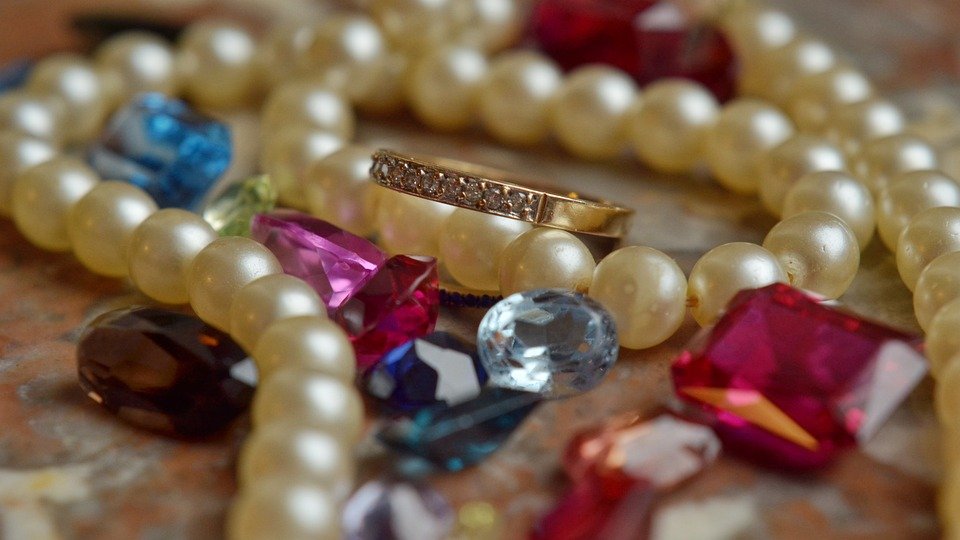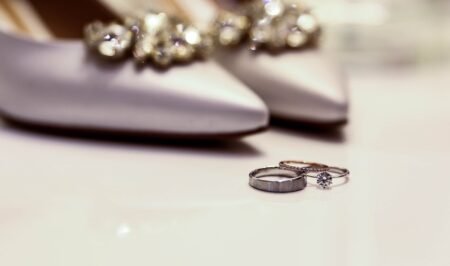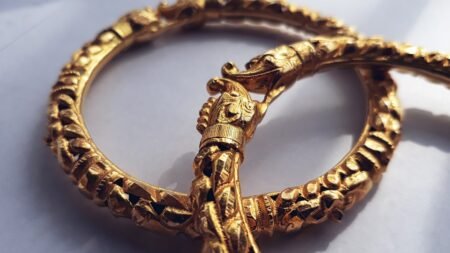
The Future of Lab-Grown Diamonds: Technology Disrupting the Industry
Diamonds have long held a special place in our hearts, symbolizing love, luxury, and prestige. However, the diamond industry is in the midst of a technological disruption that could change the way we think about these precious gemstones. Lab-grown diamonds, also known as synthetic diamonds, are becoming an increasingly popular alternative to their naturally occurring counterparts. This article will explore the future of lab-grown diamonds and the technology behind this emerging industry.
The Rise of Lab-Grown Diamonds
Lab-grown diamonds are created through a process called chemical vapor deposition (CVD) or high pressure, high temperature (HPHT). This involves placing a small diamond seed in a chamber and exposing it to carbon-rich gases or extreme pressure and heat. Over time, carbon atoms attach to the seed and form a diamond crystal.
One of the main advantages of lab-grown diamonds is their lower cost compared to natural diamonds. Synthetic diamonds can be up to 40% cheaper, making them a more accessible option for consumers. Additionally, lab-grown diamonds are ethically sourced and have a smaller environmental footprint compared to traditional diamond mining.
The Technology Behind Lab-Grown Diamonds
The technology behind lab-grown diamonds is constantly evolving, with researchers and scientists finding new ways to improve the efficiency and quality of the production process. Advanced machines and equipment are used to create the optimal conditions for diamond growth, ensuring that the resulting stones are of high quality and clarity.
The Future of Lab-Grown Diamonds
The lab-grown diamond industry is poised for significant growth in the coming years. According to a report by Morgan Stanley, lab-grown diamonds could capture 7-15% of the total diamond market by 2020. This increasing market share is driven by a combination of factors, including consumer demand for ethically sourced and sustainable products, as well as the lower price point of lab-grown diamonds.
Lab-grown diamonds are also gaining recognition and acceptance within the jewelry industry. Major retailers, such as Tiffany & Co. and De Beers, have started offering lab-grown diamonds alongside their natural diamond collections. This shift in consumer perception and acceptance of lab-grown diamonds is likely to further fuel the growth of this industry.
Challenges and Controversies
Despite the growing popularity of lab-grown diamonds, the industry still faces challenges and controversies. One of the main concerns is the potential for lab-grown diamonds to be misrepresented as natural diamonds. However, advancements in diamond grading and certification techniques are helping to address this issue.
Another challenge is the perception that lab-grown diamonds lack the emotional and historical significance of natural diamonds. However, as more consumers become aware of the ethical and environmental benefits of lab-grown diamonds, this perception is likely to change.
The diamond of the Future
As technology continues to disrupt the diamond industry, lab-grown diamonds are emerging as a viable and sustainable alternative to natural diamonds. With their lower cost, ethical sourcing, and environmental benefits, lab-grown diamonds are shaping the future of the diamond market. Whether you choose a lab-grown or natural diamond, both options offer their own unique qualities and beauty. The choice is ultimately up to the individual, but it’s clear that lab-grown diamonds are here to stay.












